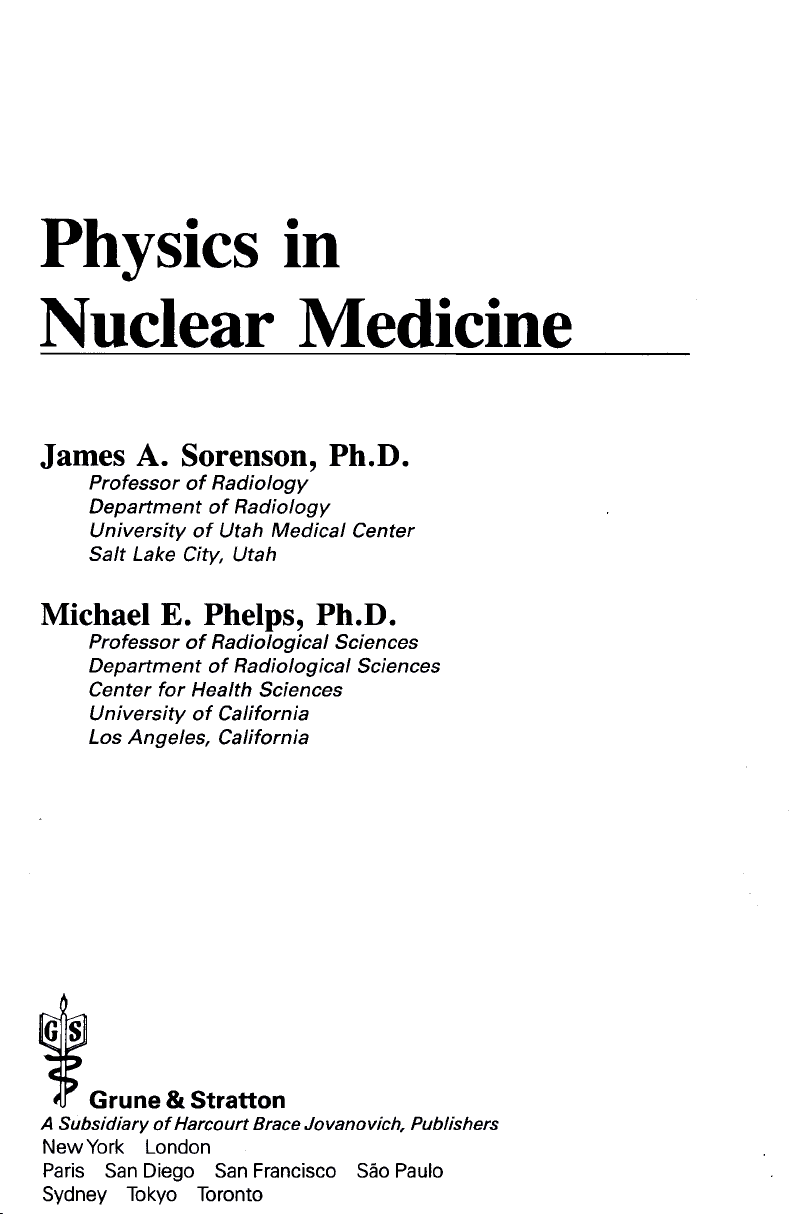
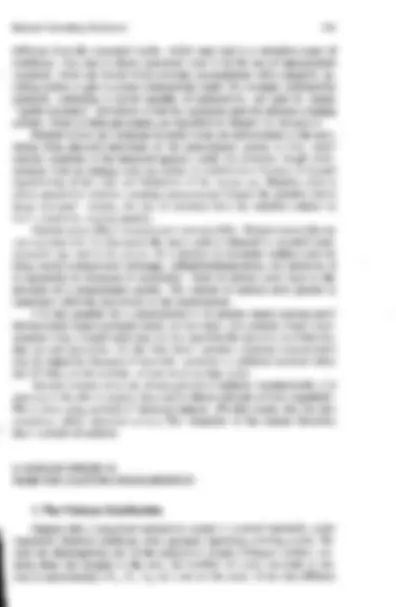
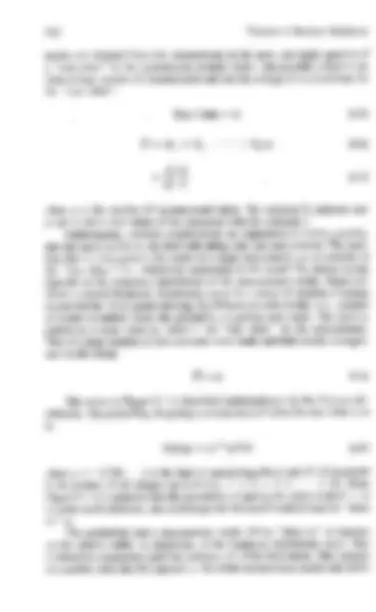
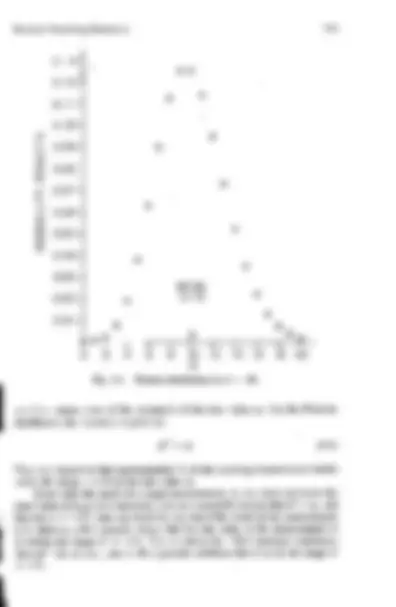
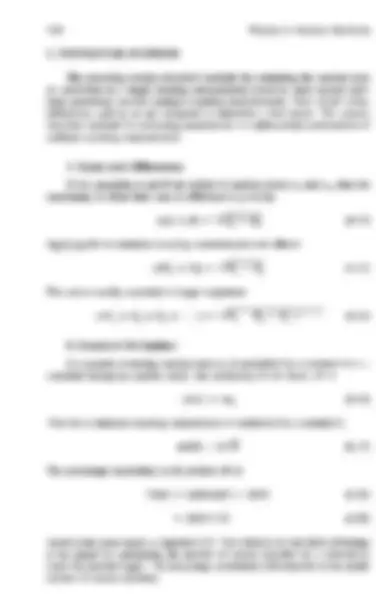
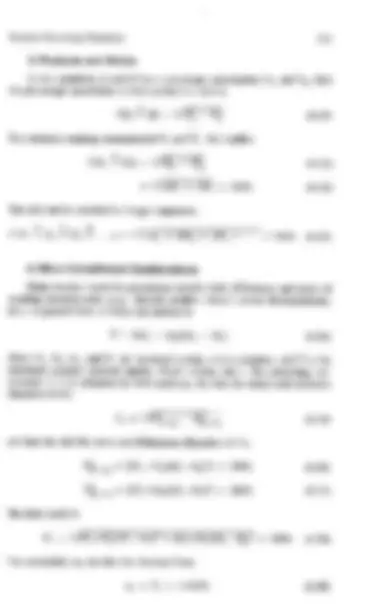
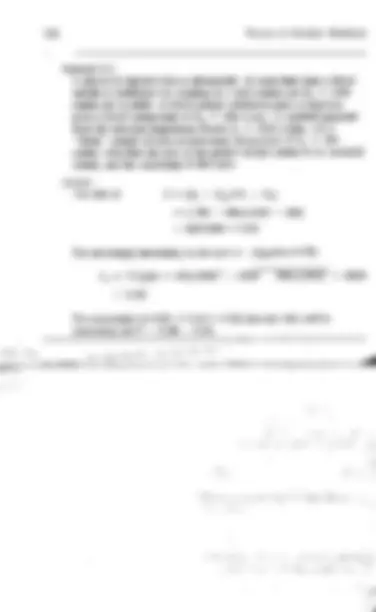


Study with the several resources on Docsity

Earn points by helping other students or get them with a premium plan


Prepare for your exams
Study with the several resources on Docsity

Earn points to download
Earn points by helping other students or get them with a premium plan
Community
Ask the community for help and clear up your study doubts
Discover the best universities in your country according to Docsity users
Free resources
Download our free guides on studying techniques, anxiety management strategies, and thesis advice from Docsity tutors
Physics in. Nuclear Medicine. James A. Sorenson, Ph.D. Professor of Radiology. Department of Radiology. University of Utah Medical Center.
Typology: Study notes
1 / 10

This page cannot be seen from the preview
Don't miss anything!







Michael E. Phelps, Ph.D.
6
102 Physics in Nuclear Medicine
results are obtained from one measurement to the next, one might question if a "true value" for the measurement actually exists. One possible solution is to make a large number of measurements and use the average N as an estimate for the "true value":
True Value = N (6-1)
N = (Nt + N2 +... + Nn)/n (6-2)
n N = ~ -1 (6-3)
where n is the number of measurements taken. The notation ~. indicates thatI a sum is taken over values of the parameter with the subscript i. Unfortunately, multiple measurements are impractical in routine practice, and one must usually be satisfied with taking only one measurement. The ques- tion then is, how good is the result of a single measurement as an estimate of the "true value," i.e., what is the uncertainty in this result? The answer to this depends on the frequency distribution of the measurement results. Figure 6- shows a typical frequency distribution curve for a series of radiation counting measurements. It is a graph showing the different possible results, (i.e., number of counts recorded) versus the probability of getting each result. The curve is peaked at a mean value m, which is the "true value" for the measurement. Thus if a large number of measurements were made and their results averaged, one would obtain
N = m (6-4)
The curve in Figure 6-1 is described mathematically by the Poisson dis- tribution. The probability of getting a certain result N when the true value is m is
P(N;m) = e-m ~/N! (6-5)
where e (= 2.718.. .) is the base of natural logarithms and N! (N factorial) is the product of all integers up to N (i.e., 1 X 2 X 3 X... X N). From
is rather small; however, one could hope that the result would at least be "close to" m. The probability that a measurement result will be "close to" m depends on the relative width, or dispersion, of the frequency distribution curve. This is related to a parameter called the variance, (T2,of the distribution. The variance is a number such that 68.3 percent (-2/3) of the measurement results fall within
Nuclear Counting Statistics 103
z. II f- 0.. ~ :::> ~ 0. a: (^).
f--. .= 0. CD <t ~ 0.. a:0-
0..
MEAN 0.02. m = 10. 0.0I. j.. 0 2 4 6 8 10 12 14 16 18 20 N Fig. 6-1. Poisson distribution for m = 10. I; :!:<1 (i.e. square root of the variance) of the true value m. For the Poisson distribution, the variance is given by if = m (6-6) Thus one expects to find approximately 213of the counting measurement results within the range :t V; of the true value m. Given only the result of a single measurement, N, one does not know the exact value of m or of <1; however, one can reasonably assume that N = m, and thus that <1 = \IN. One can therefore say that if the result of the measurement is N, there is a 68.3 percent chance that the true value of the measurement m is within the range N :t \IN. This is called the "68.3 percent confidence interval" for m; i.e., one is 68.3 percent confident that m is in the range N j: \IN.
Nuclear Counting Statistics 105 Table 6-
Range ConfidenceLimit for m (True Value) (%), , 'c ' N:!: 0.675<1 50 N:!: <1 68. N:!: 1.64<1 90 N:!: 2<1 95 N :!: 3<1 99.
When the meanvalue m is "large" (m ~ 20) the Poissondistribution can be approximatedby the Gaussiandistribution (also called the normal distri- bution). The equationdescribingthe Gaussiandistribution is
P(x;m;(1) = (1/~) e-(x-m) 2 /2a^2 (6-11)
symmetric"bell-shaped" curve, similar to the one shown in Figure 6-1.
The Guassian distribution with (12 = m describesthe results of radiation
dom variations in sourcedecayrate. When additional sourcesof random error arepresent--e.g., a randomerror or uncertaintyof ~ countsdue to variations in samplepreparationtechnique,counting systemvariations, etc.-the results aredescribedby the Gaussiandistribution with variancegiven by
(12 = m + (AN)2 (6-12)
distribution with this modified value for the variance. For example, the 68. percentconfidence interval for a measurementresult N would be :t (N +
(!J.N)1~ (assuming N = m).
A 1 rnl radioactivesampleis pipettedinto a test tube for counting. The precisionof the pipette is specifiedas ":t 2 percent," and 5000 counts are recordedfrom the sample.What is the uncertaintyin samplecounts per rnI? Answer. The uncertaintyin countsarisingfrom pipetting precisionis 2% x 5000
counts = 100 counts. Therefore (12 = 5000 + (100)2 = 15,000, and the uncertai~ ~ = 122 counts. Comparethis to the uncer- I tainty of /5000 = 71 counts that would be obtained without the pi-
l
~",
O"(A:t B) = y~~ (6-
. O"(Ni:t NJ = VN~~ (6-14)
O"(Ni:t N2 :t N3 :t.. .) = YNi + N2+ N3+. ;~ (6-15)
= 100%/VN (6-19)
Example6-3. A patient is injected with a radionuclide.At somelater time a blood
sample is withdrawn for counting in a well counter and Np = 1200
gives a blood backgroundofNpb = 400 counts. A standardprepared
"blank" sample records an instrument background ofNb = 200
counts, and the uncertaintyin this ratio. Answer.
Theratio is Y = (Np- Npb)/(N.- Nb) = (1200 - 400)/(2000 - 200) = 800/1800 = 0.
Vy = /(1200 + 400)/(800)2+ (2000+ 200)/(1800)2x 100% = 5.6% The uncertaintyis 5.6% x 0.44 = 0.02; thus the ratio and its uncertaintyare Y = 0.44 j: 0.02. ~- '" ";:rc,,,!lti' "hi,!"; ;h;; "P .7 u.., ;;;,((';